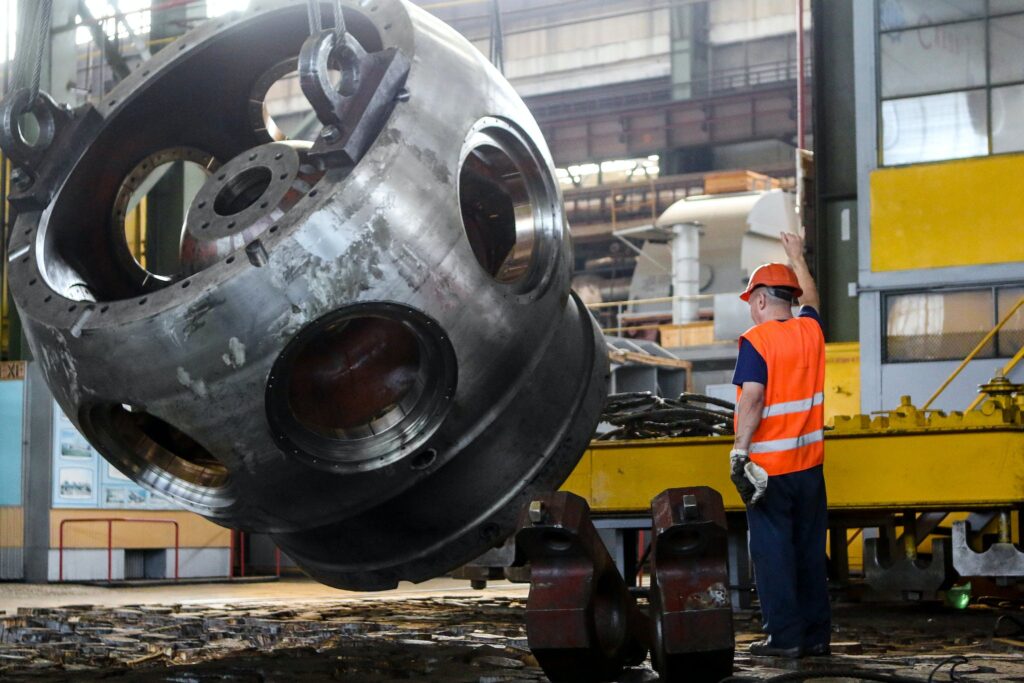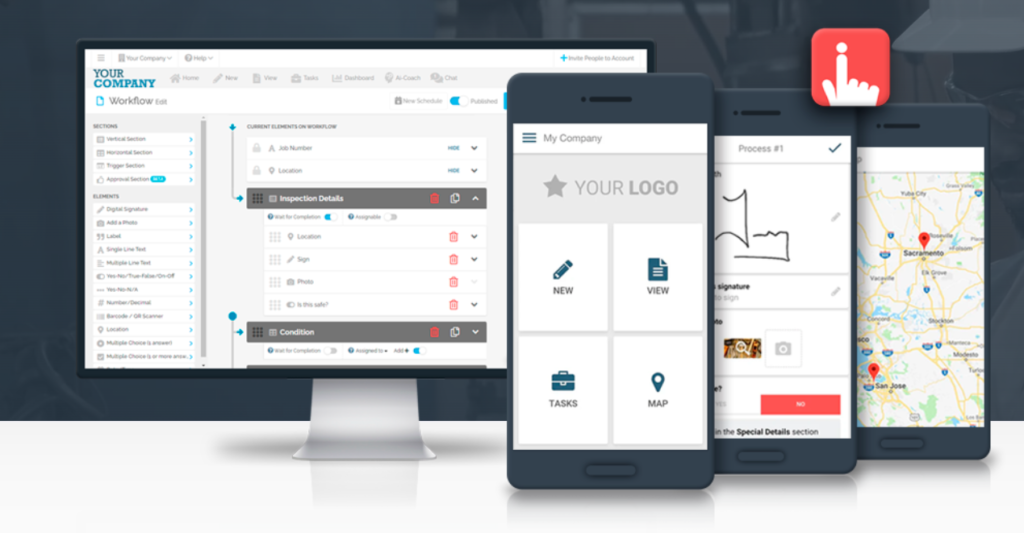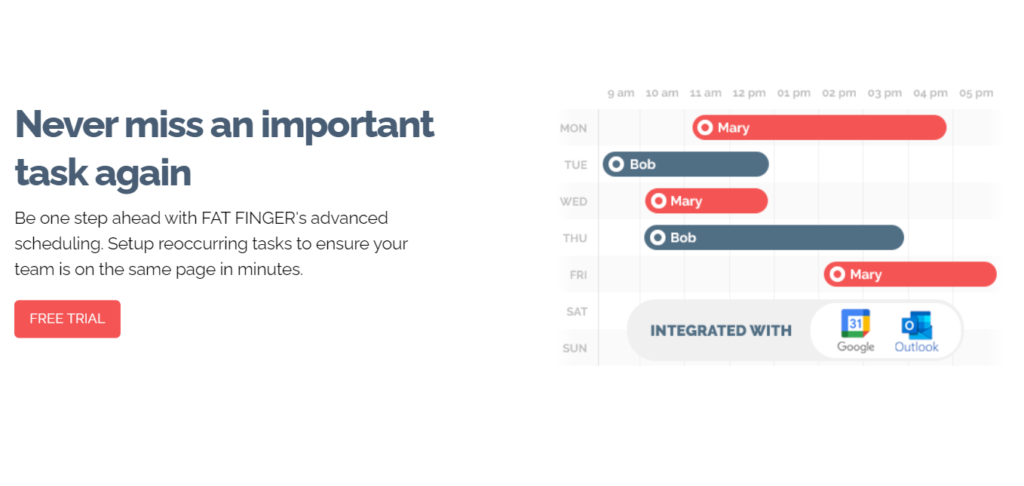There are different types of Preventive maintenance methods, each tailored to suit different equipment needs. Understanding these strategies is crucial to implementing a maintenance plan that ensures efficiency, cost-effectiveness, and increased lifespan for machinery.
This article explores five key types of preventive maintenance: Time-based, Usage-based, Calendar-based, Risk-based, and Condition-based maintenance by analyzing their applicability, pros and cons to help you choose the best one for your specific maintenance needs.
Time-based Maintenance: Ensuring Timely Equipment Care

In the realm of equipment maintenance, time-based maintenance stands as a foundational strategy. It involves scheduled inspections and servicing of equipment based on predetermined time intervals. From routine checks to oil changes, this approach keeps machinery in optimal condition.
Pros of Time-based Maintenance
- Structured Routine: Provides a structured approach with scheduled maintenance intervals.
- Prevents Wear and Tear: Helps prevent wear and tear, ensuring regular check-ups and upkeep.
- Predictability: Offers predictability for maintenance planning.
Cons of Time-based Maintenance
- Underutilization of Resources: This may lead to unnecessary maintenance if equipment usage is low.
- Inefficient for High-Use Equipment: For heavily used machinery, the fixed schedule might not align with actual wear and tear.
Usage-based Maintenance: Tailoring Care to Activity
Unlike the fixed schedules of time-based maintenance, usage-based maintenance revolves around the workload or usage cycles of the equipment. By monitoring the operational hours or the volume of output, maintenance activities are triggered, ensuring timely intervention based on the equipment’s activity.
Pros of Usage-based Maintenance
- Cost-efficient: Targets maintenance when the equipment is in use, optimizing resource allocation.
- Aligns with Equipment Utilization: Ensures maintenance corresponds with the workload and operational hours.
- Tailored Approach: Adapts maintenance needs to the actual usage patterns of the equipment.
Calendar-based Maintenance: Aligning Maintenance with the Calendar

Calendar-based maintenance operates on fixed dates, irrespective of usage or condition. This strategy necessitates adhering to specific dates for maintenance activities. Such fixed-time intervals are ideal for inspection, calibration, or replacement, ensuring that each calendar milestone is marked with essential equipment care.
Pros of Calendar-based Maintenance
- Simplicity: Simple to plan and execute based on fixed dates.
- Regular Checkpoints: Ensures consistent check-ups and servicing at predefined intervals.
- Preventative Approach: Helps in averting major breakdowns by regular maintenance.
Cons of Calendar-based Maintenance
- Potentially Unnecessary Maintenance: If the calendar doesn’t align with equipment needs, it might lead to unnecessary check-ups.
- Misses Real-time Equipment Condition: Doesn’t consider the actual condition of the equipment between fixed maintenance schedules.
Risk-based Maintenance: Prioritizing Maintenance Based on Risks
This approach evaluates the potential risks associated with equipment failure. By identifying and assessing the probability and impact of loss, resources are allocated according to the criticality of the equipment. Thus, high-risk assets receive more frequent and rigorous maintenance than lower-risk ones.
Pros of Risk-based Maintenance
- Focused Attention: Directs resources to critical equipment prone to high risks.
- Proactive Approach: Prioritizes maintenance where the potential for failure is high.

- Reduces Downtime: Reduces unexpected breakdowns by focusing on high-risk equipment.
Cons of Risk-based Maintenance
- Resource Allocation Challenges: Might neglect other less critical but still important machinery.
- Overlooking Emerging Risks: It might overlook emerging risks if not continuously reassessed.
Condition-based Maintenance: Responsive Maintenance for Optimal Conditions

Condition-based maintenance revolves around real-time monitoring and assessment of equipment conditions. By employing sensors and data analytics, this strategy allows for predictive and proactive maintenance. It ensures interventions when an actual need is identified, optimizing resources and minimizing downtime.
Pros of Condition-based Maintenance:
- Real-time Assessment: Monitors equipment in real-time, allowing for proactive and predictive maintenance.
- Optimized Resource Allocation: Targets maintenance based on the actual need of the equipment.
- Maximizes Equipment Lifespan: Prevents unnecessary downtime and maximizes the lifespan of machinery.
Cons of Condition-based Maintenance:
- Initial Investment: Requires sophisticated tools and technologies for real-time monitoring, which could be costly.
- Complex Implementation: It can be challenging to set up and maintain the systems for condition-based maintenance.
The Role of FAT FINGER in Implementing Preventive Maintenance Strategies
Implementing preventive maintenance strategies is pivotal for companies aiming to enhance equipment efficiency and longevity. FAT FINGER, a robust digital workflow builder that works on mobile and desktop, significantly aids in the successful execution of these strategies.
Seamless Execution and Compliance
FAT FINGER provides a seamless means for companies to execute preventive maintenance strategies by offering a user-friendly interface that simplifies data entry and streamlines processes. This technology ensures that all maintenance-related tasks are completed efficiently.

Real-time Data Collection and Analysis
With FAT FINGER, real-time data collection becomes a breeze. This capability is particularly advantageous in implementing condition-based maintenance strategies, as it enables companies to promptly respond to equipment needs, minimizing downtime and optimizing resource allocation.
Improved Workflow and Decision-making

FAT FINGER significantly enhances workflow management by providing a centralized platform for maintenance activities.
Streamlined Communication and Collaboration
FAT FINGER enables seamless information sharing and collaboration, ensuring that all stakeholders are aligned, enhancing coordination, and optimizing the implementation of diverse maintenance strategies.
Cost Optimization and Increased Equipment Lifespan
Utilizing FAT FINGER for the execution of preventive maintenance strategies results in cost optimization and increased equipment lifespan. By efficiently implementing these strategies, companies can minimize unnecessary downtime, reduce operational costs, and extend the life expectancy of their valuable equipment.
Enhanced Monitoring and Reporting
FAT FINGER facilitates robust monitoring and reporting functionalities, allowing for a comprehensive view of maintenance operations. This feature is instrumental in the implementation of risk-based maintenance strategies, enabling companies to assess potential risks and allocate resources efficiently to mitigate them.



